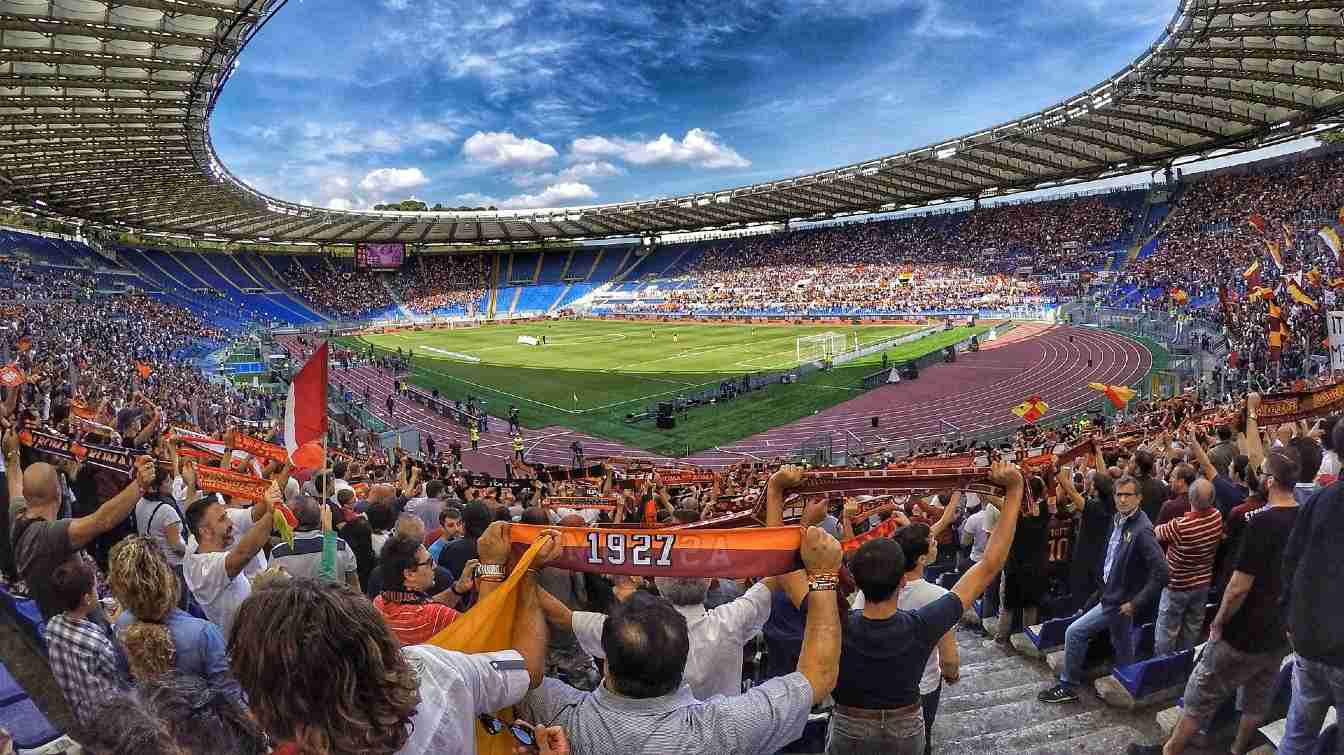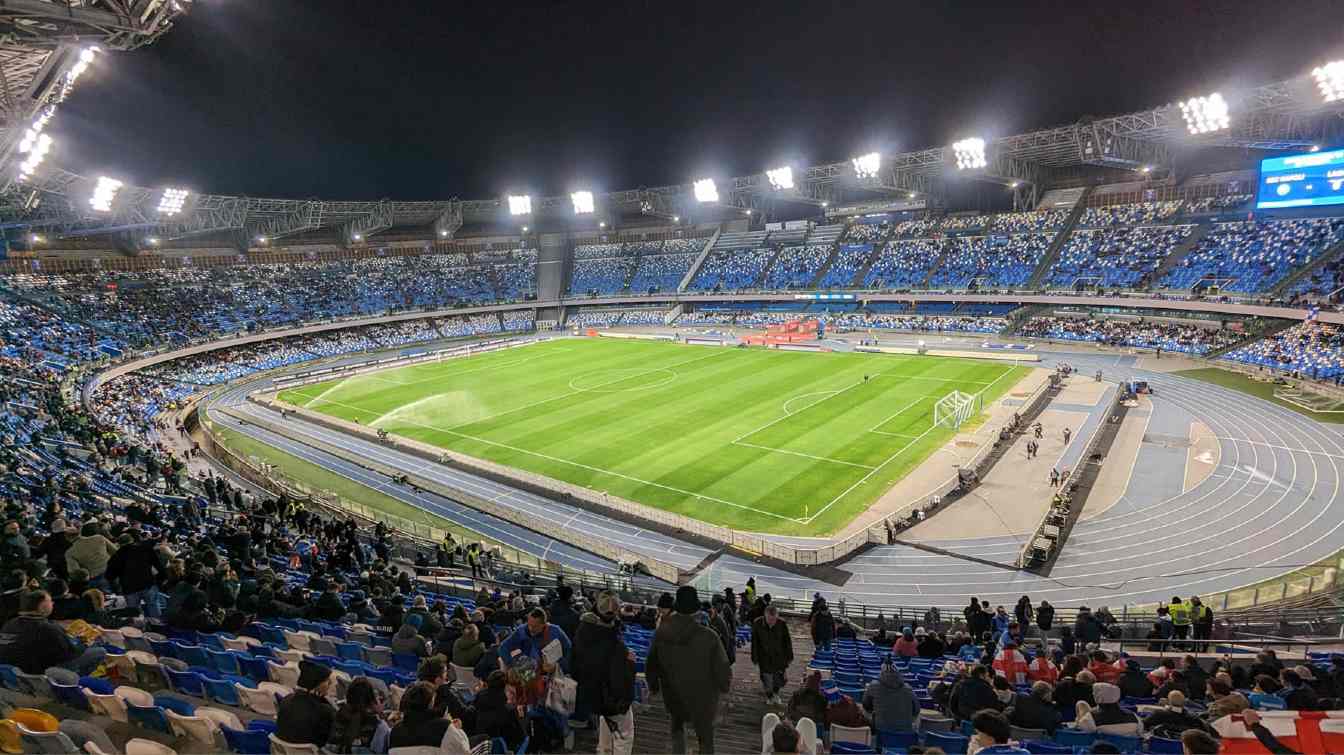Italy: Why no new stadiums in Italy? Giuseppe Marotta explains
source: StadiumDB.com; author: Jakub Ducki
 A neglected San Siro and an infrastructure that is not of the highest standard could be among Italy's main problems ahead of the upcoming 2032 European Championship, which they are co-hosting with Turkey. Giuseppe Marotta, in a TV interview, spoke about the situation in Italy, including the state of the stadiums.
A neglected San Siro and an infrastructure that is not of the highest standard could be among Italy's main problems ahead of the upcoming 2032 European Championship, which they are co-hosting with Turkey. Giuseppe Marotta, in a TV interview, spoke about the situation in Italy, including the state of the stadiums.
Advertisement
‘In England they demolished Wembley, but here...’
The topic of football infrastructure in Italy has long been debated, and one of the main voices in this debate is Inter Milan CEO Beppe Marotta, who gave his opinion on Rai 2 TV. His views on sustainability, stadium upgrades and bureaucratic hurdles are key to understanding the current situation.
One of the biggest challenges in building and modernising stadiums in Italy is the complex bureaucracy. Unlike in England, where the legendary Wembley Stadium was successfully demolished and rebuilt, in Italy the process is much more complex and time-consuming. The difficulties are actually related to the bureaucracy, which involves many steps and permits. That's why, before the final approval is obtained, potential investors are almost discouraged, because time is certainly not working in their favour.
Marotta suggests that stadiums should be treated as infrastructures of national importance, which could simplify administrative procedures and attract more investors. What is the remedy? Large stadiums are of national interest, they should come under the Ministry of Infrastructure to avoid going through municipalities, provinces, superintendencies and all that bureaucracy. There are too many slow steps: we need more immediacy and less bureaucracy.
 © Marco_Pomella | Stadio Olimpico, inaugurated in 1930
© Marco_Pomella | Stadio Olimpico, inaugurated in 1930
A change of thinking in club management
Marotta stresses that sustainability is now the key word in football club management. The transformation of football from a sporting and social phenomenon to a business model requires an approach that combines innovation with responsible resource management.
Changes in the football system reflect wider socio-economic changes. In the past, clubs were often supported by large entrepreneurs, which ensured financial stability. Now, in the absence of such investors, clubs must focus on a business model in which sustainability plays a key role.
Marotta points to two main aspects in need of improvement: optimising TV rights and increasing matchday revenues. Modern stadiums that provide comfort and security are essential to attract more spectators and sponsors.
 © Matt Rayns - Groundhopper | Stadio Diego Armando Maradona, inaugurated in 1959
© Matt Rayns - Groundhopper | Stadio Diego Armando Maradona, inaugurated in 1959
Advertisement

 StadiumDB
StadiumDB